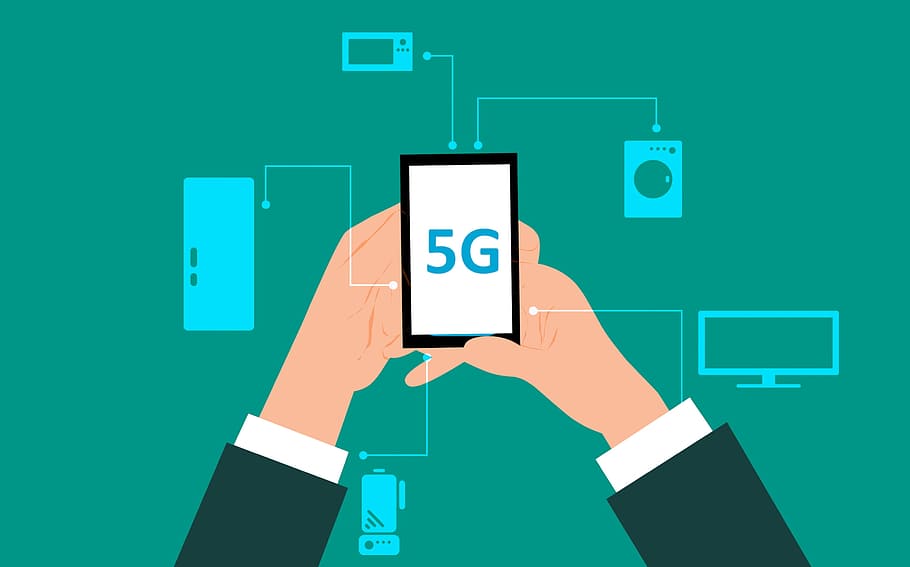5G in America
CategoriesProspect Analytics Dashboard
Coronavirus has acted as a catalyst for 5G – or fifth-generation cellular wireless – in America. Major carriers T-Mobile, AT&T, and Verizon are continuing their 5G rollout during the pandemic, which has increased demand for the types of perks that 5G brings with it. While its general claim to fame is its speed, 5G opens up possibilities beyond faster downloading. These are new technologies that rely on high data carrying capacity, instant exchange of data, and the ability to connect many low-power devices. 5G also comes with drawbacks, such as lower penetration in low-income and rural areas and high cost of 5G compatible devices, so it is not likely to close the digital divide.
The Numbers
- “The total number of 5G connections will reach 1.5 billion globally by 2025, up from only 5M in 2019. rising from only 5 million in 2019. (Juniper Research)
- The total number of Internet-of-Things connections will reach 83 billion by 2024, rising from 35 billion connections in 2020. (Juniper Research)
- By 2023, it’s estimated that 51.4% of smartphones purchases will be 5G-enabled. (Statista)
Impact on Partnerships
5G stands to transform your organization’s ability to deliver services, programs, and content. From education solutions, like more engaging and interactive virtual experiences for both in-person and online learning, to health care solutions, like remote surgery and patient biometric monitoring, to cheaper food and supply distribution through autonomous vehicles, the rise of 5G may bring your mission and goals into alignment with corporate partners who you have not previously considered. Spend time thinking about the opportunities that 5G can create for your mission-served audience – or the challenges it may pose – and incorporate that into your long-term partnership strategy.









Leave a Comments